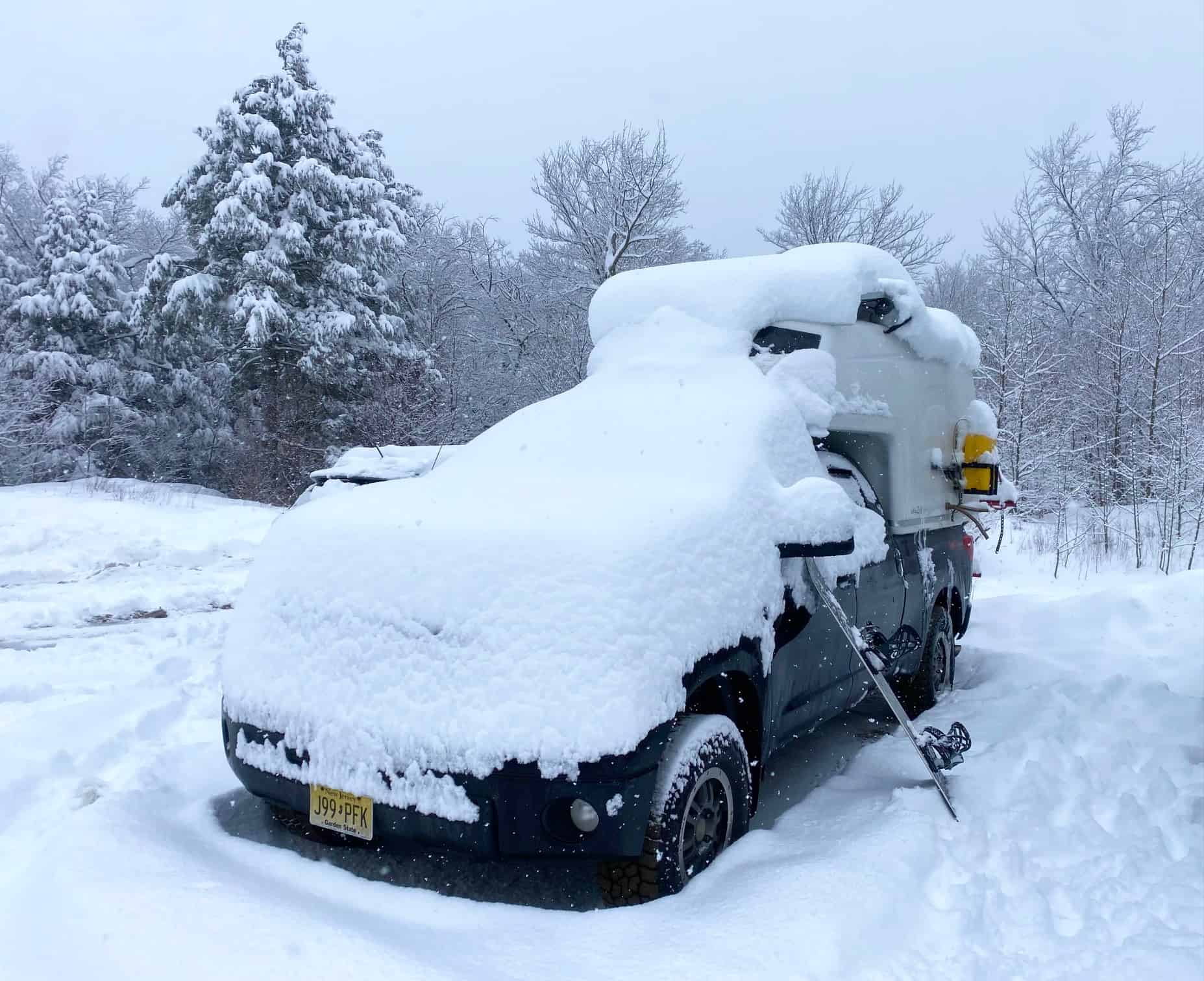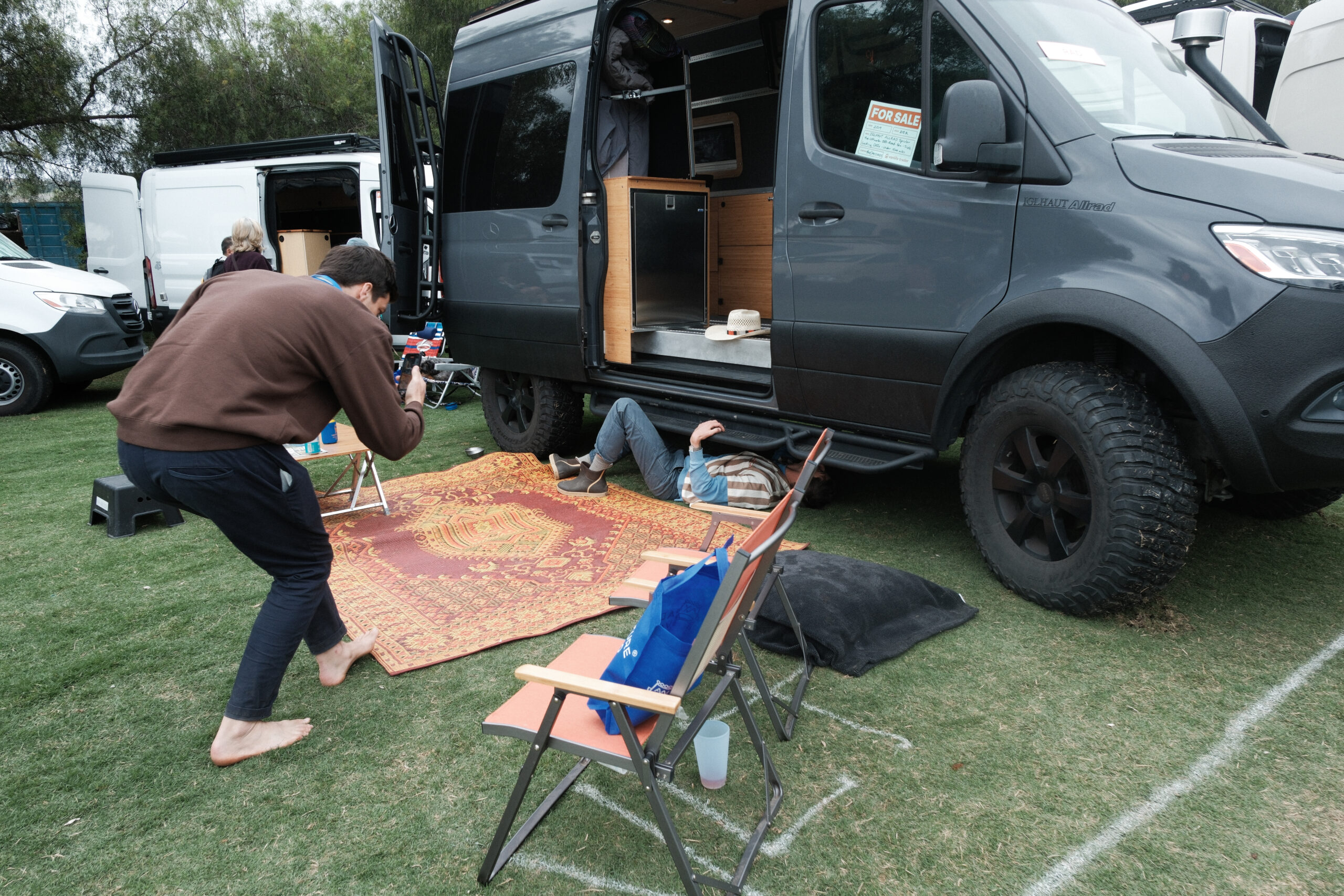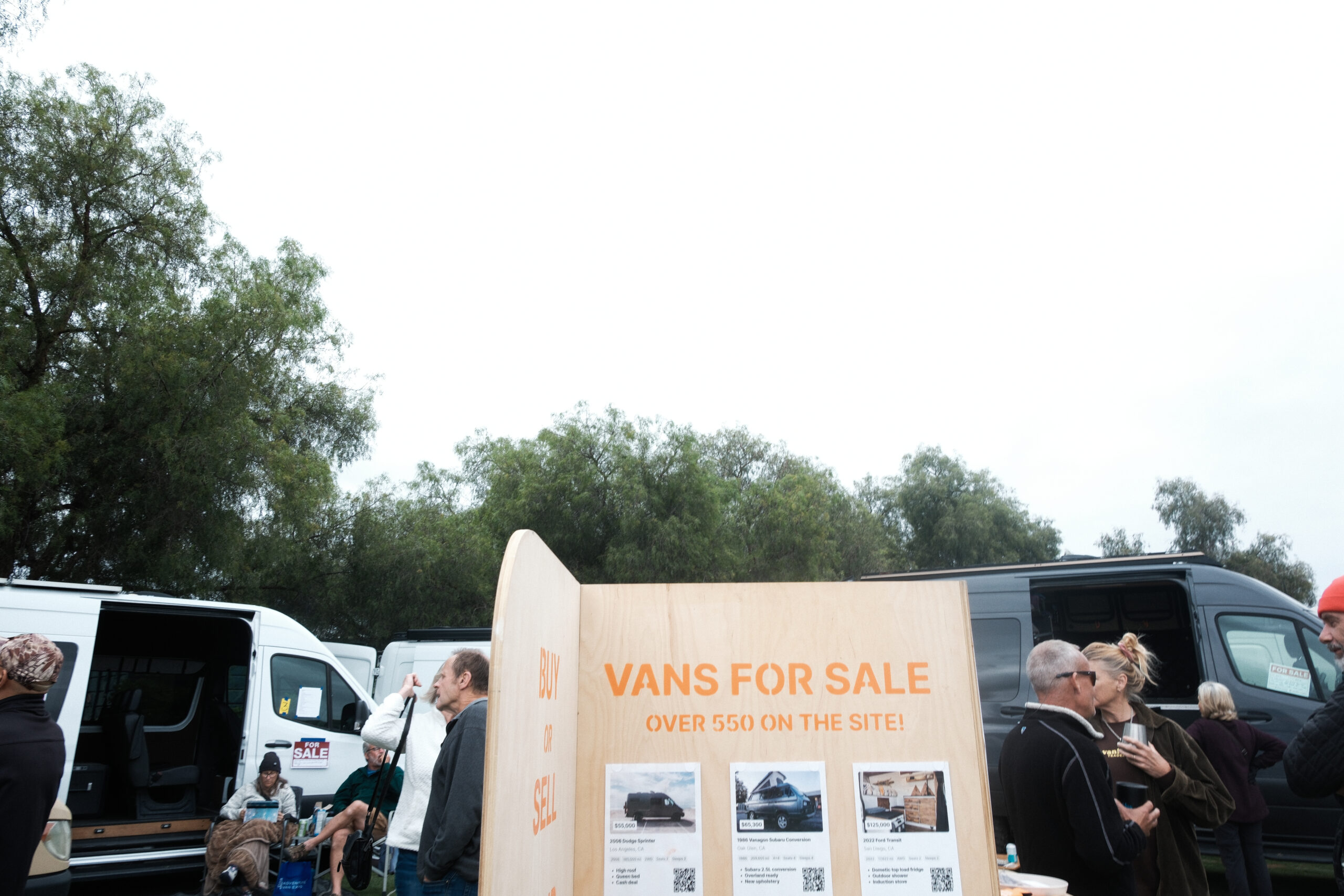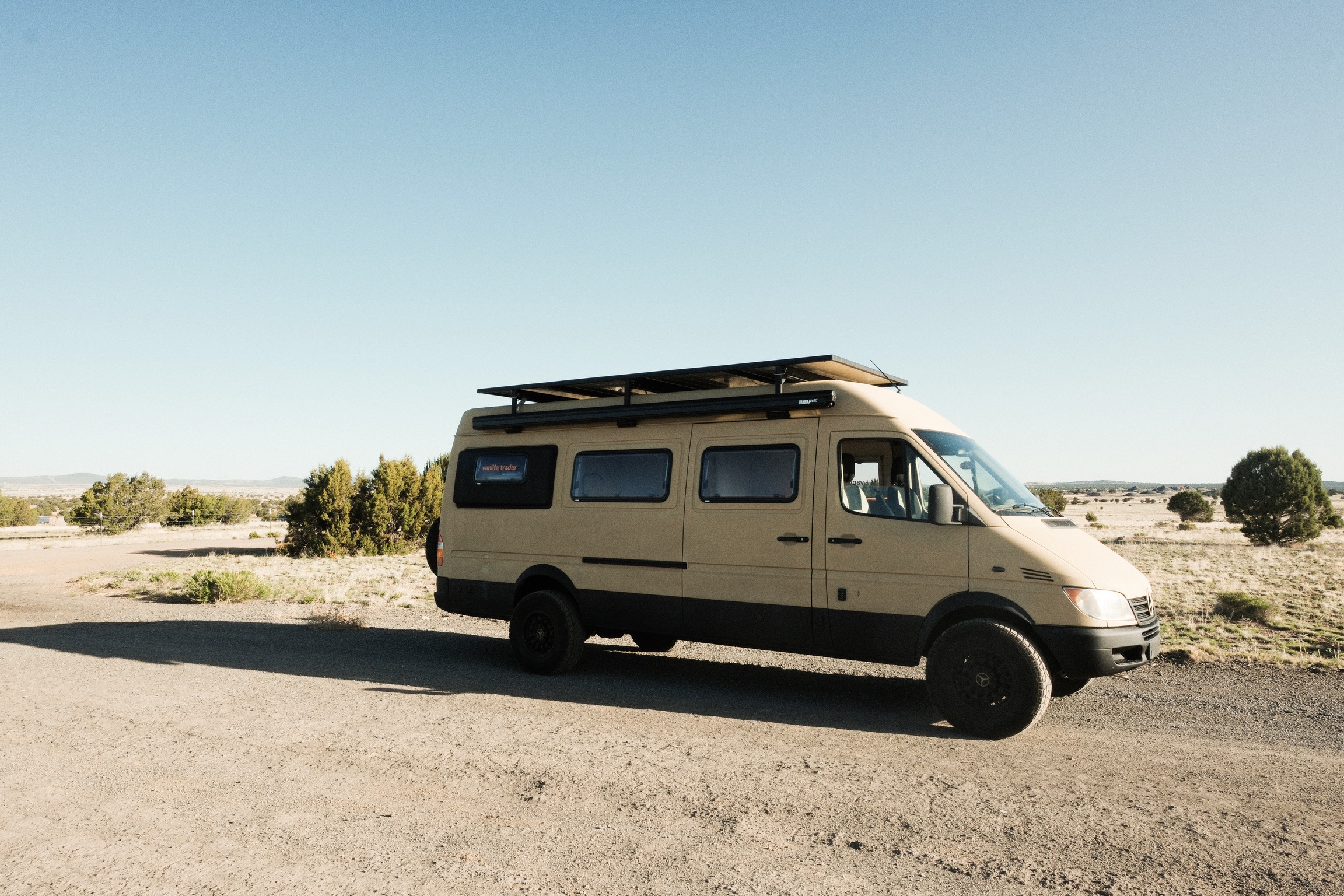Selling my 2010 Toyota Tundra TRD Rock Warrior 220k miles with a Spacekap Diablo one piece fiberglass shell which I converted into a camper. It's pretty much a Toyota Tundra Campervan. This is currently located in BEND, OREGON. I built this 10 months ago with the intention to live in it full-time for years. But, I’ve now learned that I can’t afford the gas on the rig, along with the interest I’m paying on this thing (no lien or anything, just a personal loan). As luck turns out, my irresponsible financial decisions are your gain, and I’m putting this up for sale so I can downgrade to a crossover that gets 30 MPG. I’d also be interested in trading for a late-model low-mileage reliable crossover. Primarily looking at RAV4s and Highlanders, but would be open to other stuff. Maybe even a minivan.
I’ve put a ton of details below. But to summarize, the camper is built up with great components that should last, and is transferable to any pickup truck with a 6.5’ bed. The truck is drivable and mechanically sound, but has some issues, hence why I’m pricing it so low for both truck and camper.
If you’re interested, please read everything below. I’ve put a lot of effort in detailing everything I can.
CAMPER DETAILS
The shell is a Spacekap Diablo fiberglass shell with a roof rack. I built the camper-converted interior to be the perfect blend of functionality and minimalism. My intention was to build something that could take abuse, and would be easy to fix and maintain. My other intention was to build up a ton of storage space, which this has in abundance. See details below.
BUILD-OUT:
The primary building components are 2x4’s and ¾” plywood. This gives the build a lot of strength, and makes anything easy to fix, rebuild, or customize. I also made the wood panels covering the electrical system removable in case any work has to be done.
The interior is about 74” tall. I’m 6’0 and can comfortably stand up.
You’ll notice in the photos that there’s no insulation or walls, and that it’s instead the original fiberglass. This was an intentional decision. First off, the fiberglass is thick and provides enough insulative property on its own. Also, adding insulation or walls would reduce everything by over an inch in each direction, making it much less open. Most importantly, insulation molds – especially in humid climates like the PNW. Pests also like to burrow and live in insulation. Because there’s no insulation, the camper is easy to clean and maintain, and you can rest assured it won’t go bad regardless of what environment you’re in.
For sleeping, I built a custom sofa bed which consists of two mattresses. Each of them are 24 by 75 inches, and are custom-made 6” thick mattresses by the foam factory. They consist of 2” memory foam and 4” regular foam. In sofa mode (or twin bed mode), one mattress is perpendicular to the other. It converts into bed mode by rolling it out on the industrial-strength drawer slides its suspended on, which makes for a 48” by 75” bed – plenty for two people. You could even fit a third person underneath on the floor, but it wouldn’t be the most comfortable.
ELECTRICAL:
The battery is a 200 ah LiFePO4 battery, the best type you can get. It’s powered by a 200W Solar Panel and the truck’s alternator via a dual solar charge controller / battery isolator. It is also connected to a 1,000-watt inverter. Exact specs are below.
Renogy 12-volt 200Ah LiFePO4 battery with Bluetooth
Renogy 1,000-watt 12-volt pure sine wave inverter
Renogy DCC50S 12-volt 50A DC-DC onboard battery charger with MPPT
Renogy 200-watt 12-volt monocrystalline solar panel
APPLIANCES:
The fridge/freezer is an ICECO VL60. It’s high quality and uses very little energy. The fan is a MaxxAir 7500k MaxxFan deluxe roof vent. I kept the cooking and water system simple. The primary heater is a Webasto AirTop ST2000 connected to a 5 gal. external diesel tank. I also have a backup Chinese Diesel Heater connected to the same tank, along with a Mr. Heater Little Buddy. The Chinese diesel heater needs some work but the Webasto works fine and generates an insane amount of heat.
For cooking I have a Coleman Stove that uses 1 lb. propane cylinders. For water, I have water jugs and a camp sink. Having an in-built propane tank and rigid stove would reduce the space available in the camper and make it less modular. Having a running water system with a pump and pipes means that the camper couldn’t be allowed to freeze. This “camping-style” cooking and water system removes the need to maintain or watch out for the system, especially in cold temperatures.
STORAGE:
If you have a ton of clothes, a ton of outdoor gear, or just a ton of stuff – rest assured this has the space for everything you own. You’ll notice that the cabover is bare. This means you have a ton of storage space. A good chunk of my outdoor equipment is in the cabover split into 6 gigantic duffel bags or so – and that only takes up half the space.
Underneath the bed is a ton of space as well. I use that space to store 6 pairs of boots, a snowboard, a splitboard, a bunch of outdoor equipment, and my laundry bag.
I also have a lot of hanging or suspended storage. There’s a pantry shelf with baskets, along with a hanging shoe rack and a hanging organizer. There’s also a hanging basket I use for cleaning supplies, and another hanging cutlery basket. This makes everything easily accessible.
There’s also a Yakima Skybox 16 roof box on the top, accessible by a ladder. This makes for a ton more space as well.
TRUCK DETAILS
The truck is a 2010 Toyota Tundra TRD Rock Warrior with 220k miles. I bought it at 195k miles in Massachusetts 10 months ago. I along with the past owner have religiously maintained it, but it has some issues that have cropped up thanks to its age. I’ve detailed the mechanical history and vehicle condition below.
THE GOOD:
New front-end and alignment as of 210k miles. Upper control arm assemblies, lower control arm assemblies, inner and outer tie rod ends, sway bar end links. Mostly MOOG parts.
Between 150k and 200k miles, vehicle got new front struts and rear shocks installed. OEM original parts.
Between 150k and 200k miles, vehicle got new power steering pump and lines, alternator, starter, likely the water pump (not sure but it seems new). Around 210k miles, got new serpentine belt.
The tires are 33” Falken Wildpeak AT3Ws, and have 25k miles on them. Has about 25 - 30k more miles of life left.
The vehicle has an extra matching rim and same-size tire, meaning you get to do 5-tire rotations.
Religious fluid changes. Synthetic oiil of course, but some major fluids changed recently include Transfer Case and Rear Diff at 205k, tranny flush somewhere between 150k - 200k, power steering and coolant between 150k and 200k. At 205k front diff fluid was checked and it was clear. Brake fluid between 150k and 200k too.
New front wheel bearings (replaced the entire hub assembly) at 195k. BeckArnley (better than OEM) parts.
New U-Bolts at 210k.
Custom leather seats in the truck interior.
Comes with a Smittybilt onboard air compressor under the hood.
Comes with a RAKATTACH swing-arm with a Velocirax 5X bike rack. Pretty much the best you can get.
THE BAD:
The power steering rack left seal blew, common with high-mileage Tundras of this year unfortunately. To replace the power steering rack at a shop would be $3k. Instead, I opted to have a shop route the power steering pump back into itself, making the truck functional but without power-steering. If fixing it yourself, a remanuf. Rack from the rack doctor is $400. That, plus a full day’s work would do the trick. I personally am fine with the lack of power steering, it’s only a problem when trying to parallel park.
The truck is rusty because it’s from the Northeast. There aren’t any rust holes and the frame is solid. But, it makes doing DIY mechanical work take longer than usual.
It could use rear brake pads and rotors, but for now it brakes fine.
There’s a small few-inch long crack in the bottom right corner of the windshield. It’s not growing and has been there for 15k miles. It doesn’t affect vision at all.
Some of the interior dome lights don’t work.
The fifth rim has some scuffs on the metal, and has a portion of the fake beadlock missing. Still drives fine, just cosmetic.
Truck has various dents and scratches, just cosmetic.
Missing a front-left fog light and has some scratches/cracks in the front bumper after hitting a guardrail.
The auxiliary crossmember (not structural) which has the front recovery points is bent at the front left recovery point shackle after hitting a guardrail. Doesn’t seem to affect alignment as the truck has been aligned fine twice after this, and tracks straight.










